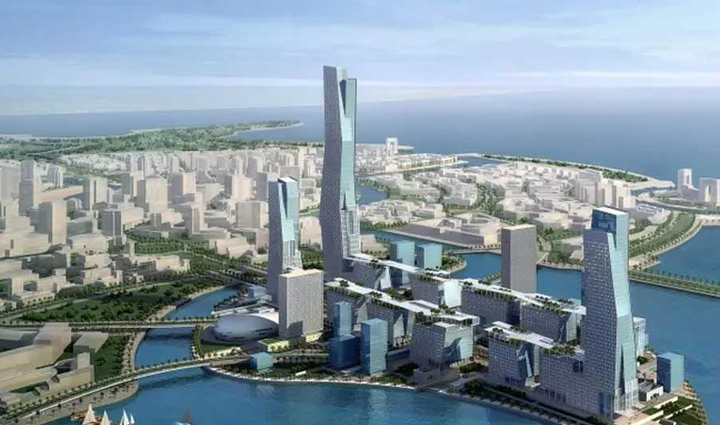In most of the states in India, the meteorological department has warned of severe heat wave or heat wave. The heat, which started in March, is still not expected to subside. March was the month with the highest temperature in the country since 1901. Similarly, April has been the hottest month in the last decade.
According to the calendar, the month of May is usually always hot so there is still a long way to go before the rains arrive in June.

Demand for electricity has increased due to rising temperatures. In some places the heat is causing problems in the power grid, in some places the air conditioner machine is having problems.
It is important to understand why it is so hot. Here are the reasons for readers' understanding.

1. Lack of premonsoon activity:
The official arrival of monsoon occurs every year around the first week of June. Also, premonsoon activity occurs from the third week of March to the third week of May. In such cases, cold winds from northern India and hot winds from the Arabian Sea cause rainstorms in central India - especially in Madhya Pradesh, Vidarbha. Not a single such system has been developed this year. Only one day in Rajasthan and one day in Madhya Pradesh such system was seen. If pre-monsoon system is formed, some cool air will be seen in the surrounding area and its effect will reduce the temperature.
2. Lack of cold winds in North India:
Rain or cold winds are common in Pakistan and North India - Himalayan Mountains. This cold wind from North India to Central India has the effect of keeping the weather dry or the temperature low. The system of Western Disturbances, which generates cold winds this year, is rarely seen and its effect is negligible and this has led to high temperatures across the country.
3. Global warming
Climate change and global warming are having an impact on the world's climate. With the elimination of industries, pollution, deforestation, the world is seeing more and more heat. Temperatures are also rising in India.
It shows how much the actual temperature fluctuates against the normal temperature of the last 100 years. According to the Indian Meteorological Center, average temperatures across the country have been rising steadily since 2011. In previous years the temperature was softer or lower than normal so the heat was less experienced but now the temperature is constantly high and due to this the heat is increasing.

4, humidity in the air
Each time during the summer the humidity decreases and this has the effect of dry weather. The cold winds of North India have reduced the humidity. The weather is dry this year as there are less cold winds from North India. Humidity in the air with high temperature reduces sweating. According to the composition of the body, heat causes sweating and it keeps the body cool. This year, due to the humidity, the sweat is less, so the heat is filled more than the actual, more temperature is experienced.










